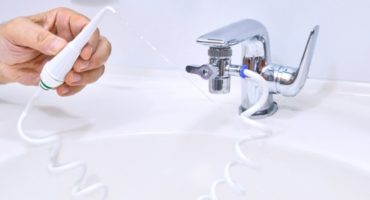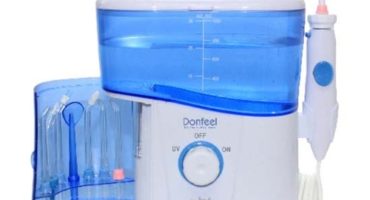Oral hygiene is important for the general condition of the human body. Therefore, various manufacturers offer numerous devices for brushing your teeth and tongue. An irrigator is considered one of the most common, which allows you to clean the oral cavity from food debris with a stream of water. The high cost of the device makes it inaccessible to most families. But you can save if you do tooth irrigator do it yourself.
What is an irrigator
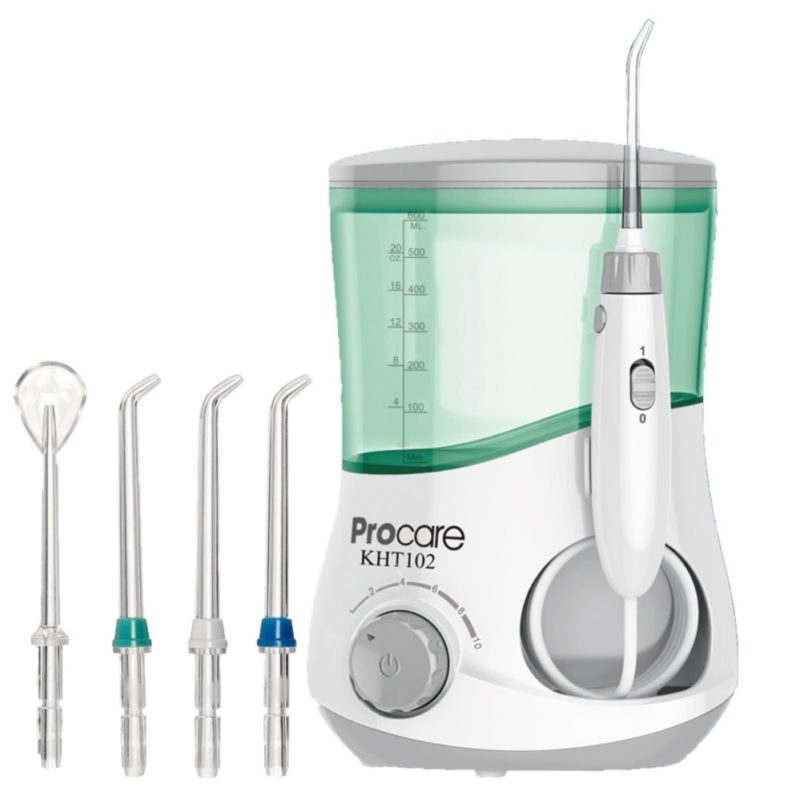
Nozzle irrigator
An irrigator is a device used for oral hygiene as a teeth cleanser and to prevent the development of gum disease. The principle of operation of the device is to supply a powerful jet of water, which, under its own pressure, is able to clean interdental spaces from food debris and eliminate plaque from the surface of the teeth.
The device consists of three main parts:
- mechanical parts;
- water container if the device is portable (portable);
- nozzles for water supply.
Often not simple water is poured into the container, but a special solution that allows for proper dental care. The solutions may be different:
- antiseptic;
- hygienic;
- medicinal;
- designed to improve bad breath.
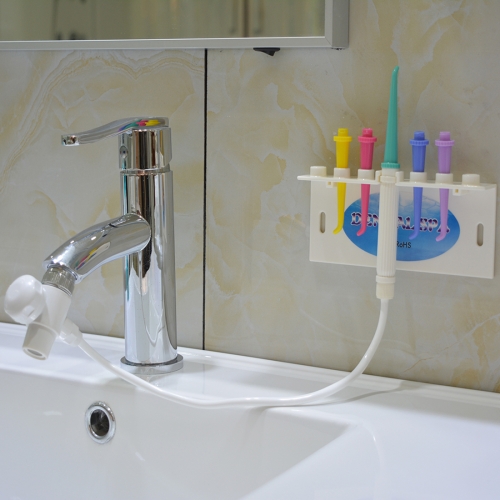
Flow irrigator
Irrigator purpose
Some dentists actively use a professional irrigator when performing hygienic brushing of the teeth of the patient. No less effective and standard home appliance - stationary (with a mandatory connection to the water supply) or portable (portable).

Teeth cleaning
The attention of dentists to irrigators is drawn due to the following reasons:
- timely cleaning of the oral cavity helps to prevent the development of caries and other diseases of the teeth and gums;
- there is an improvement in bad breath;
- a decent cleaning of the bracket system is carried out;
- prophylaxis of bleeding gums;
- care for installed implants is provided, their loss is prevented.
Doctors especially recommend using this device to pregnant women to prevent periodontitis and patients with diabetes mellitus, who often develop gum disease with an increase in blood glucose. The device will also help children prevent tooth decay.
Contraindications for use of the device
In addition to the huge benefit, the presented device has contraindications:
- postoperative period of dental surgery;
- stage of exacerbation of gum disease;
- recovery period after installing braces or implants;
- diseases of the cardiovascular system, which lead to bleeding gums due to damage to blood vessels;
- period of course treatment of dental diseases.
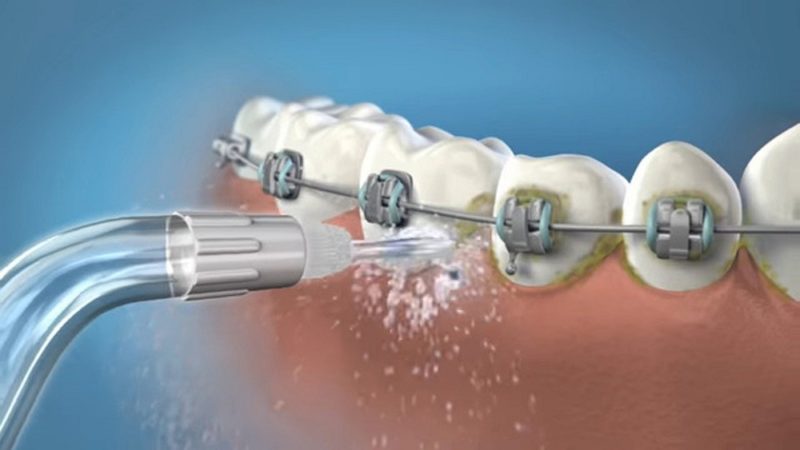
Bracket System Cleansing
Using an irrigator is not recommended for children under 6 years of age, as well as for those people who have previously noted prolonged bleeding of the gums.
Self-made production of a syringe irrigator
The irrigator can be made from a syringe. This will require the following tools:
- 5 ml or 20 ml syringe (volume depends on personal needs);
- emery paper for grinding the needle tip;
- means for rinsing the oral cavity.
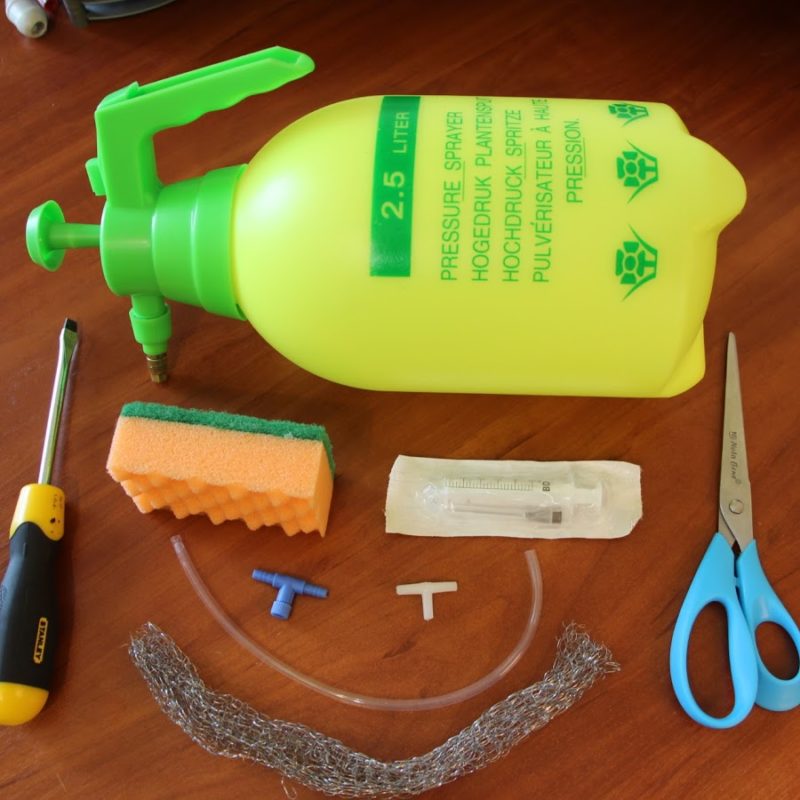
DIY irrigator tools
The device is quite simple to make yourself.To do this, you need to carry out the following actions:
- Take the needle from the syringe and gently grind the tip with sandpaper. You can use sharper tools, such as a knife, to remove the pointed part. Next, you need to sharpen the disturbed surface so that when using a home-made device, family members do not damage the gums.
- Gently bend the remainder of the needle so that it resembles a standard nozzle in shape.
- If the needle does not give in to bending, it can be heated slightly over the fire, and carefully bent into the necessary shape.
- To use a home-made device, it is necessary to assemble a syringe, remove the piston and pour in the used dentifrice.
- Then the piston is inserted into the syringe and with gentle pressure provide the necessary pressure for the jet. In this way, they clean the interdental spaces from food debris, protecting the teeth from plaque.
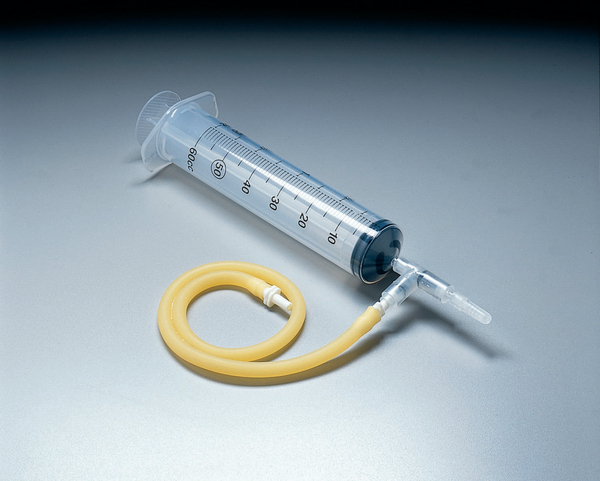
A variant of a homemade syringe irrigator
Some masters use a speed regulator from a simple medical dropper instead of a needle. To do this, cut the required length of the nozzle and fasten it with wire. The regulator can be used to adjust the power of the fluid. A homemade device is not recommended for children to clean their oral cavity.
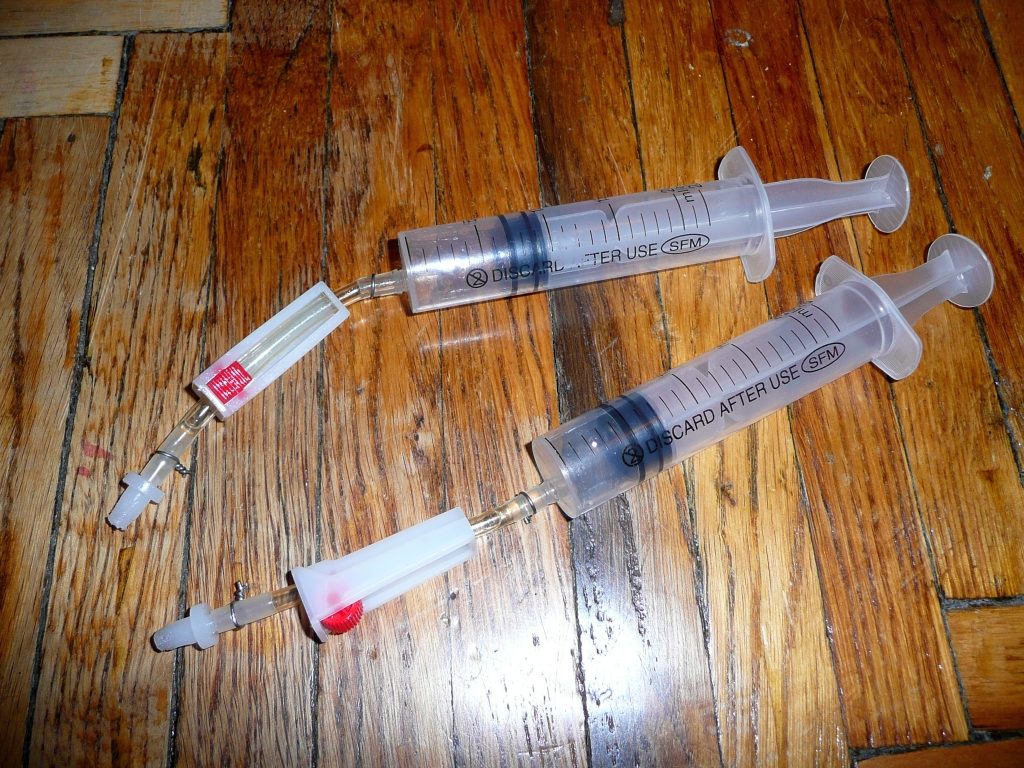
Syringe with dropper controls
DIY flow irrigator
Another way to make an irrigator with your own hands is a flow-through version of the device. Its difference is that there is no possibility of using a special liquid, and the washing of the oral cavity occurs with ordinary water. To collect the structure, you must perform the following steps:
- To prepare a nozzle, which in diameter will correspond to the size of the mixer tap in the tap.
- Screw a silicone or rubber thin tube to the nozzle.
- Open water and start using the appliance.
- This method is convenient in cleaning teeth and interdental space. Even a hose can be used with a nozzle.
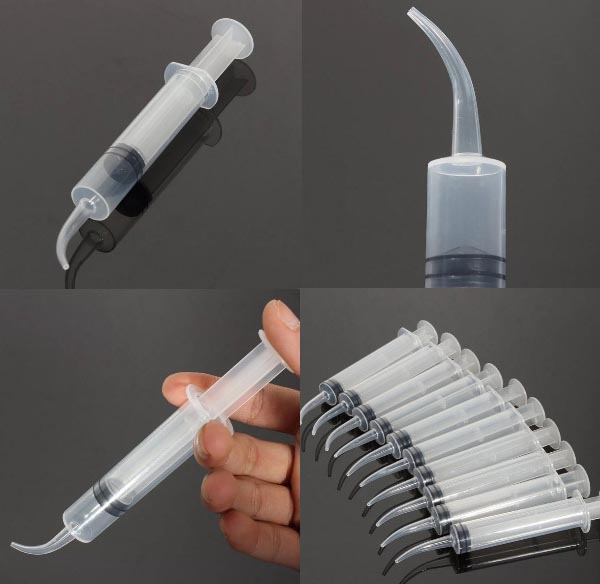
Homemade Irrigator Example
Tips and tricks for using the irrigator
In order to cleanse the oral cavity efficiently and effectively, it is recommended that the following rules be observed:
- Beginners should use a device with regulation of the smallest power of a stream of water. This is necessary to prevent bleeding of the gums and other problems with teeth that are not used to this method of cleaning.
- Dentists' recommendations are based on the division of the oral cavity into 4 sections. Begin cleansing with your front teeth.
- All areas of the oral cavity should be cleaned - the outside of the teeth, the inside, the gums, the interdental spaces and the gingival pockets, in which food often settles, leading to the development of gum disease.
- All movements should be smooth, since a sharp impact can lead to an inflammatory reaction of the gums.
Independent production of an irrigator significantly saves the family budget, and also makes dental care more thorough and of high quality.

